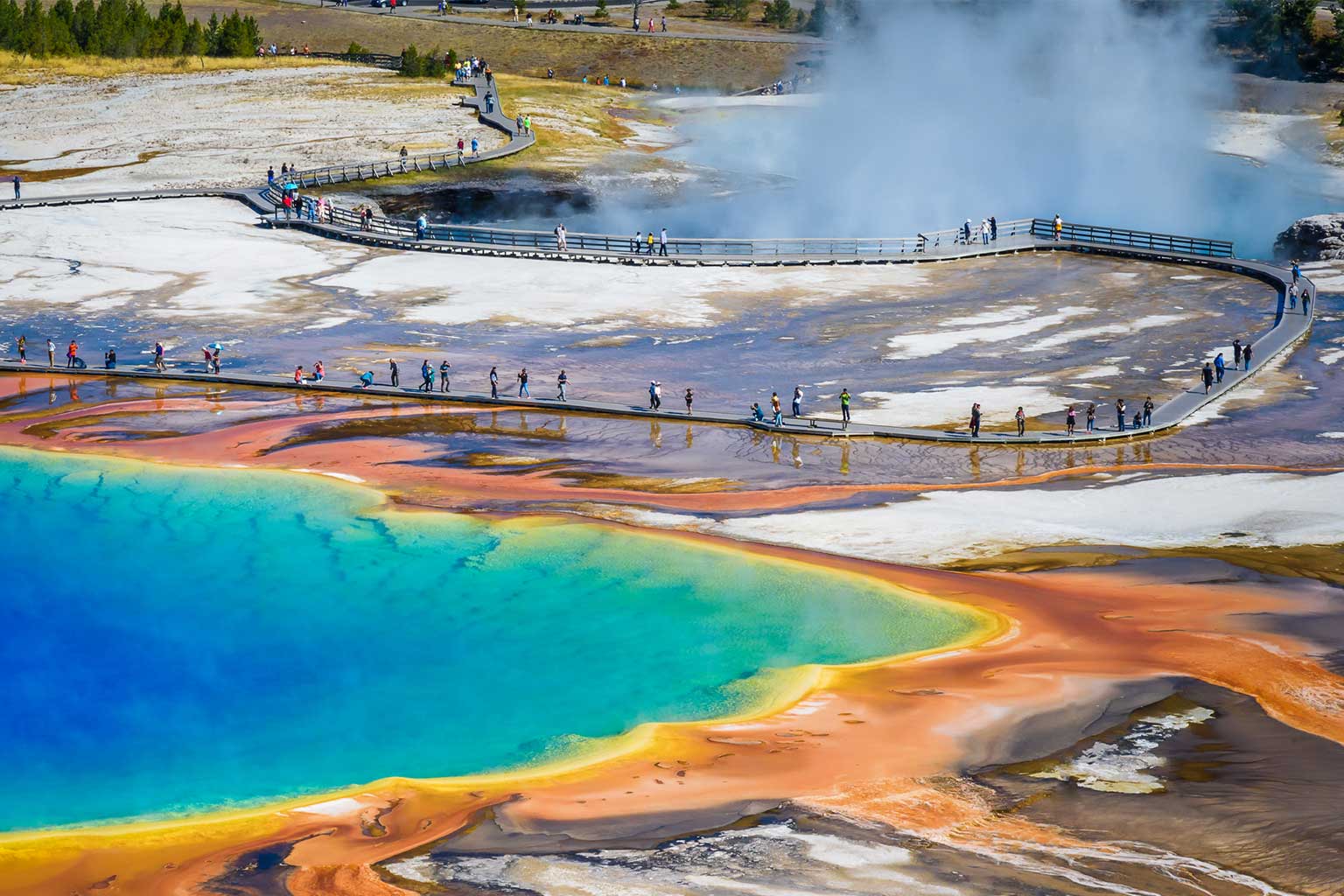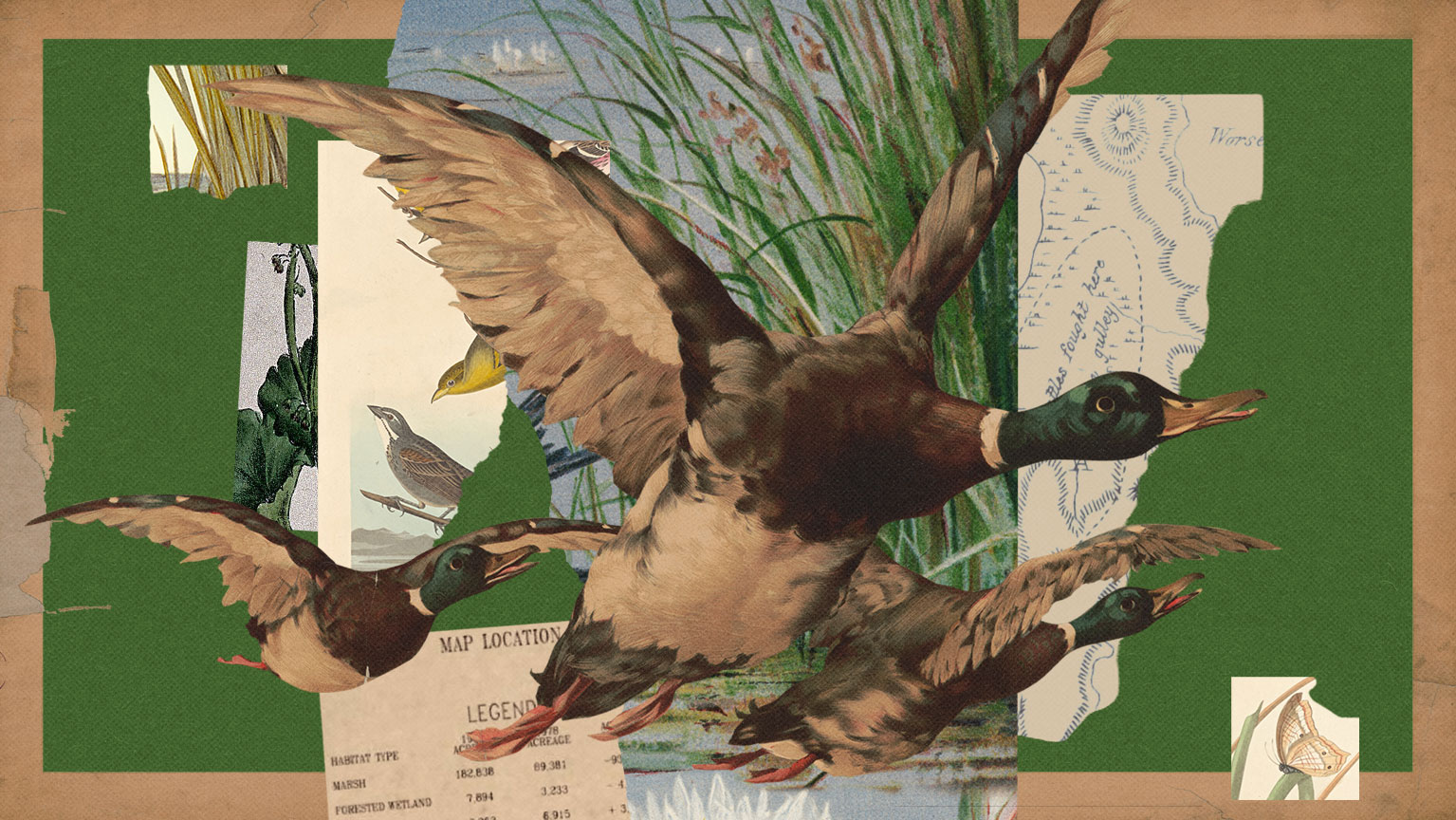
This public comment was submitted to the Wyoming Game and Fish Department regarding the proposed regulation changes in Chapter 28 governing big or trophy game animal or game bird or gray wolf damage claims.
Dear Wyoming Game and Fish,
Founded in 1980, the Property and Environment Research Center (PERC) is a national leader in collaborative solutions to complex environmental challenges. PERC’s legacy of innovation inspires our actions and growth today as we develop, implement, and assess groundbreaking conservation projects based on our core principles. Through collaboration and partnership with policymakers, conservation leaders, and landowners, we work tirelessly to ensure conservation works for people, land, water, and wildlife.
PERC is grateful for the opportunity to comment on the proposed amendments to allow the Wyoming Game and Fish Department to compensate agricultural producers for extraordinary damage to grass by big game animals on private or privately leased lands. Through PERC’s work to decrease human-wildlife conflict, we have identified several tools for stewarding state land resources. We respectfully share these comments for your consideration.
Background
Wildlife is a vital and beautiful part of the legacy of the West. Private lands provide essential habitat for wildlife. These lands are part of the incredible success story of wildlife conservation. And as wildlife populations continue to increase, the demand for resources to support those populations also increases. The proposed amendments to Chapter 28, Section 2 are timely and show the vision of the Department. We applaud this proactive approach to wildlife conservation.
PERC recognizes the importance of making landowners whole for providing wildlife habitat. Frequently, elk impose costs on producers through foregone forage, damaged fences, and disease transmission. Game damage programs maintain critical habitat, open space, refugia, and migration corridors. When landowners bear these costs alone, generational Wyoming ranches are more likely to be sold, subdivided, and developed. As traditional ranches are forced out of agricultural production, those remaining will see higher pressure from elk herds. This reality further exacerbates a challenge that could be mitigated with creative solutions.
Recommendations
Private entities have the capacity and the interest to fill funding gaps and compensate landowners for their work in conserving wildlife. While game damage payments from the Department can help, they can’t completely solve the underlying conflict. Partnering with private groups using proven, durable solutions, like PERC’s Elk Occupancy Agreements and Brucellosis Compensation Fund, can compensate landowners in a manner tailored to the individual’s unique needs using private resources. We encourage the Department to work with private groups, such as PERC, to alleviate pressure in elk conflict areas. As the Department evaluates these amendments to Chapter 28, consider the role of private partners in reducing conflict and the need for damage payments.
Elk Occupancy Agreements
Elk Occupancy Agreements are a flexible conservation tool that pay landowners for conserving elk habitat on private lands. These can be tailored to meet the unique needs of landowners and the wildlife in an area. In partnership with landowners and other conservation organizations in Montana’s Paradise Valley, PERC has developed multiple agreements to support agricultural producers and elk habitat. In the Elk Occupancy Agreement pilot project, PERC compensated a rancher who set aside valuable elk winter range while continuing their agricultural operation. The project was voluntary and privately funded. This project funded a fence that splits 500 acres of grazeable rangeland off from the ranch’s core. This restructuring allowed elk and cattle to be separated and provided for elk usage during the migration season. In exchange, the landowner agreed to improve the elk habitat by spraying cheatgrass and removing encroaching conifers.
This Elk Occupancy Agreement benefits the landowner and has positive implications for neighboring landowners. By shifting livestock grazing pressure away from the elk winter range parcel, the agreement creates an attractant for wintering elk, encouraging them to stay off hay meadows. This reduces the likelihood of cattle and elk interactions and chances of disease transmission. As a result, the ranch can continue to feed cattle through the winter with fewer elk and cattle interactions and remain financially viable. Neighboring landowners also benefit from reduced elk presence during the winter, contributing to a more harmonious coexistence between wildlife and agriculture.
Another Elk Occupancy Agreement with a different landowner adopts a “payment for presence” model. In this agreement, PERC uses cameras to determine how many elk are present on the property throughout the year and provides compensation based on direct elk presence. While sharing the same foundational goal of compensating the rancher for providing forage for wildlife, this agreement differs from the pilot project because it was tailored to fit the unique situation on this ranch.
Elk Occupancy Agreements can help the Department voluntarily and cooperatively work with agricultural producers to provide and improve elk habitat while reducing conflict. These agreements can be designed to limit damage to private property and limit disease transmission between elk and livestock. PERC worked closely with ranching families in Paradise Valley to design and implement the agreements. Elk Occupancy Agreements can also serve as a way for the Department to expand lands that could provide winter range for elk. PERC would happily partner with willing landowners who could provide winter range or connect migrations routes to native winter ranges.
Elk Occupancy Agreements are an excellent way to deploy private resources that benefit wildlife and landowners. As in Montana, there are likely private funders who are ready and willing to bring this model to Wyoming. Additionally, the agreement has been met with a wide range of public support. Thanks to the work of PERC and our partners, many in the local community have seen the benefit of landowners and neighboring landowners’ agricultural and financial interests and this support in Wyoming.
Brucellosis Compensation Fund
The Brucellosis Compensation Fund is another private tool being deployed to alleviate wildlife costs to ranchers. PERC and partners created this financial tool to help address the costs of brucellosis in the Paradise Valley of Montana. Through the Paradise Valley Brucellosis Compensation Fund, eligible landowners can receive up to 75 percent reimbursement for any quarantine-related costs suffered due to a brucellosis transmission. Partial compensation is awarded to encourage landowners to take preventative measures to avoid a transmission event. This privately funded tool has shown early promise for improving landowners’ tolerance for elk on their property. The brucellosis compensation fund is a tool that PERC believes can address several of the Department’s overarching goals for the future of elk management in high-conflict areas. While Wyoming has a state brucellosis compensation fund, PERC is also currently working with the state and ranchers in the Cody area to develop a complementary private brucellosis compensation fund.
Conclusion
In conclusion, we acknowledge the need to find creative ways to support private lands and private land stewards, which in turn support wildlife. As you evaluate the proposed amendments to Chapter 28, we encourage the Department to continue exploring partnerships with groups such as PERC to ensure the best possible outcomes for landowners and wildlife.



